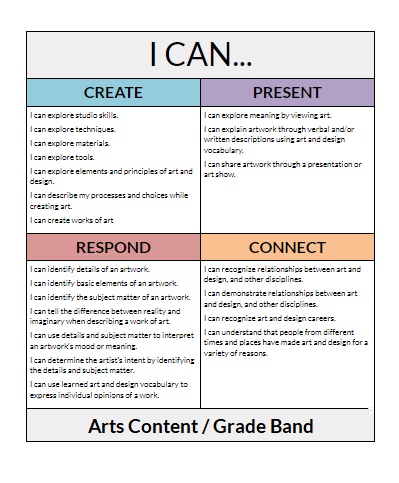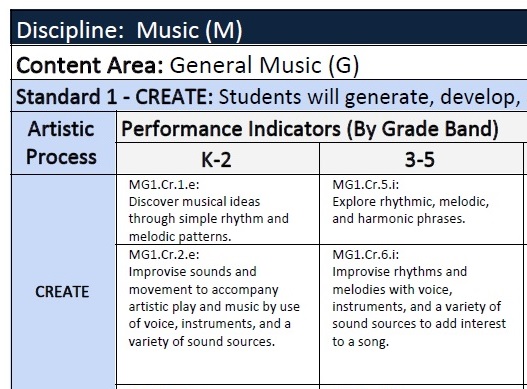Introducing the Wisconsin Standards for Music
We are pleased to introduce this new set of music standards. The Wisconsin Standards for Music has been adopted by the Wisconsin State Superintendent for school districts to consider in their work with music education programs.
Standards Documents

![]()
The General Music strand provides a conceptual base for your use in the general music classroom for grades K-12. Use this strand for those formal non-performance classes which may include, but are not limited to: "General Music," theory, music composition and improvisation, history, harmonizing instruments, and music technology.

The Performance Music strand provides conceptual based indicators with objectives for onstage student music experiences. Consider using this strand for music courses which may include, but are not limited to: bands, choirs, orchestras, ethnic ensembles, jazz groups, solo work, and other ensembles using instruments and/or vocal groups through performance.
Educator Learning Modules
Participate in these modules to investigate additional ways to implement the standards in your arts classroom. Here are the links to each module for Music, along with newsletter issues which provide more resources for your use.
CREATE PERFORM RESPOND CONNECT



